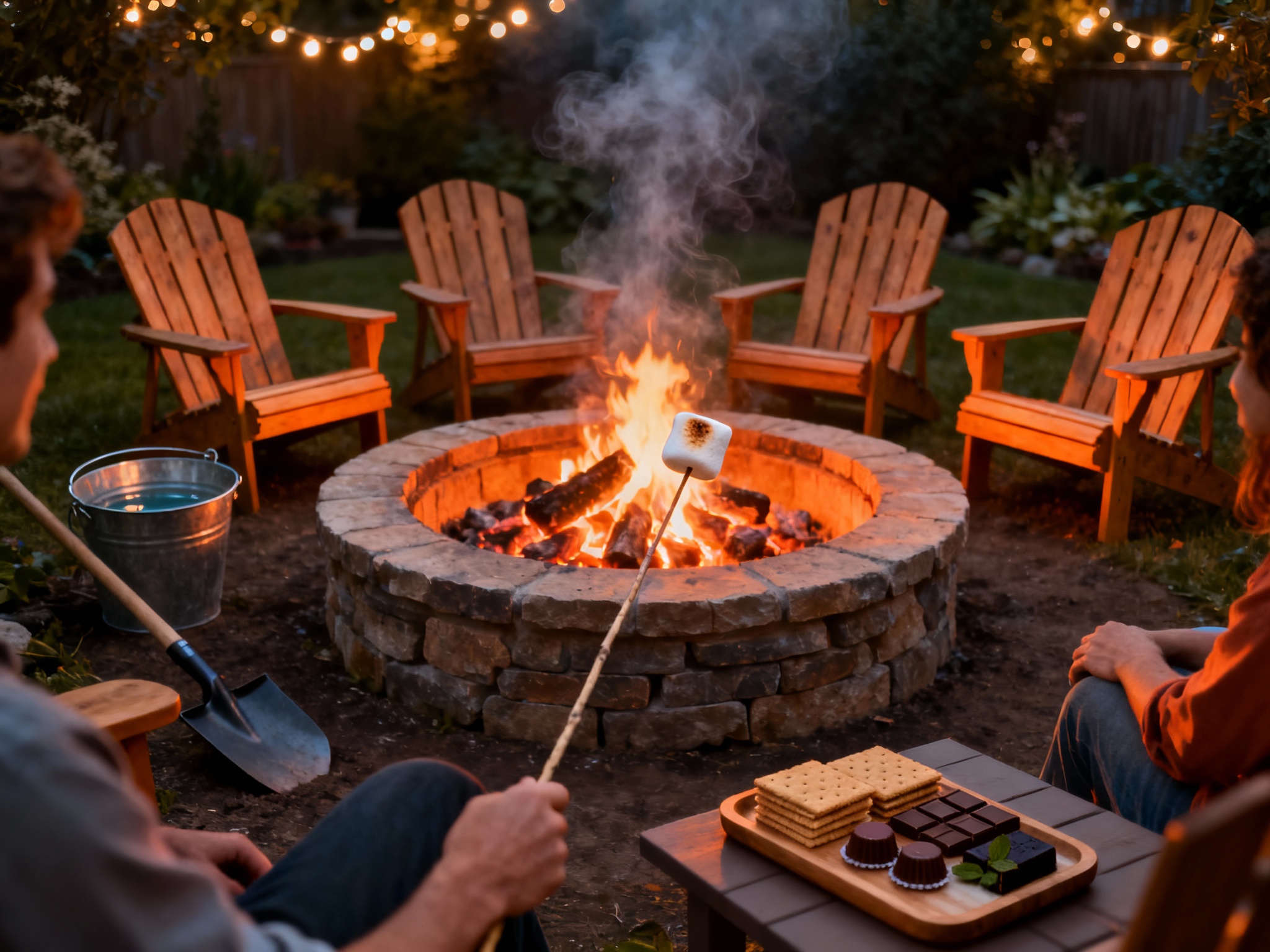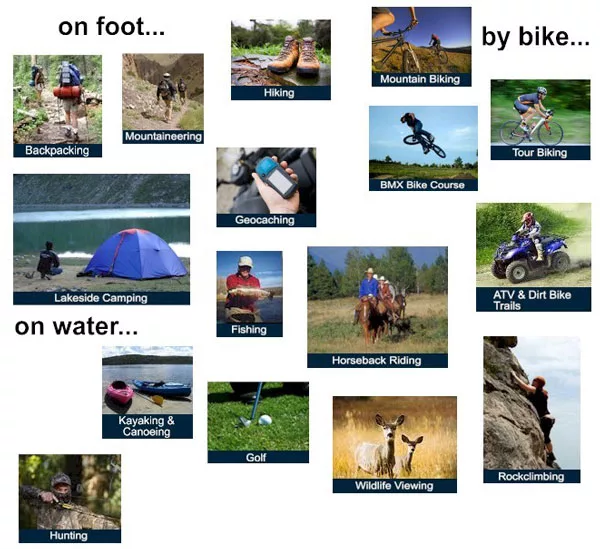Night Time Outdoor Activities: 25+ Fun Ways to Enjoy the Dark
Discover these night time outdoor activities that are easy, safe, and fun. From glow games to stargazing, reclaim your evenings and make real memories after dark.
I used to treat night like an off switch. Dinner, dishes, couch, phone—then suddenly it’s midnight and I’ve “rested” exactly zero. When I finally started stepping outside after dinner—sometimes dragging my family with me—I realized how much I’d been missing. Cooler air. Quieter streets. A universe overhead. This guide is your nudge to try it: high-energy games, calm resets, a safety checklist you can screenshot, and a few plug-and-play evening plans. Let’s make your nights memorable again.
Key Takeaways
- Cooler evenings make outdoor fun comfortable—and way less sweaty.
- Safety is simple: good lights, reflective gear, buddy system, clear boundaries.
- Mix high-energy glow games with peaceful options like stargazing and mindful walks.
- Daytime favorites adapt easily with a little light and a few ground rules.
- Night fun builds confidence, reduces stress, and reconnects you with real life—not just your screen.
Why Nighttime Outdoor Fun Beats Scrolling in Bed
I know the routine: dinner, phone, one episode, then somehow three. When I started stepping outside instead (for “just 15 minutes,” I promised myself), evenings felt different—in a good way. The heat broke. Soundscapes came alive: crickets, wind through trees, that neighbor who always waters plants at 9:12 PM. It’s like switching your senses from default to high definition.
There’s research behind the good vibes. Studies in Frontiers in Psychology link shared activities with stronger social connection and stress relief, and the nighttime setting often deepens that effect. And organizations like the NIH and CDC keep pointing to what our bodies already know: following natural light patterns helps sleep. Less blue light, more soft darkness—your circadian rhythm says thank you.
My favorite moment wasn’t clinical, though. It was a blanket in a field during the Perseids, counting meteors with my family and realizing this would outlast any show I could stream.
Night Safety Checklist (Grab-and-Go)
Before going out, it is paramount to keep this tight list by the door. You’ll use it more than you think.
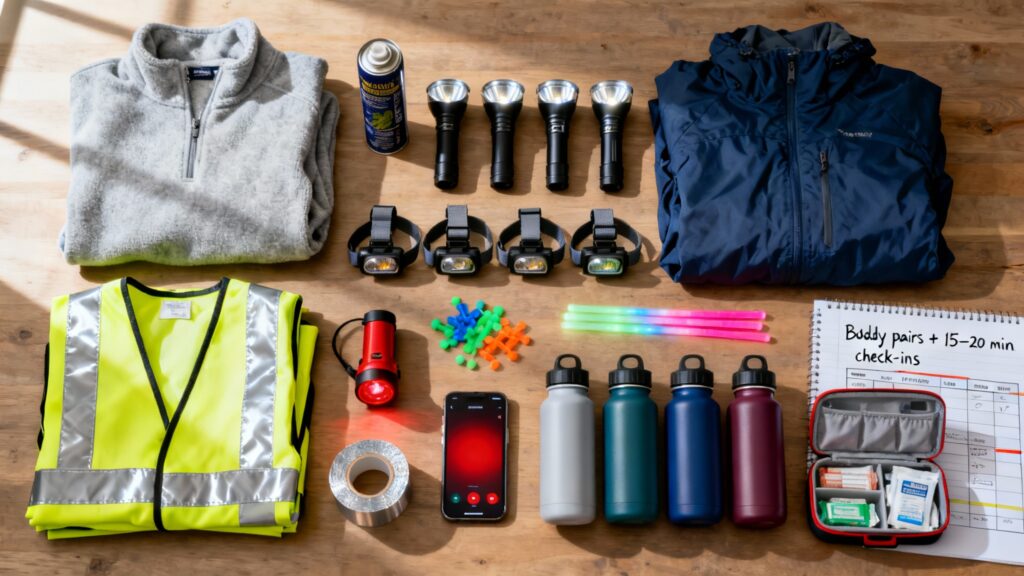
- One LED flashlight per person + an extra for the group
- Headlamps for hands-free setup and movement
- Red-light option (red flashlight or phone app in red mode) to preserve night vision
- Reflective vests or tape; glow sticks to mark people and boundaries
- Layers (temps drop fast), bug spray, water, simple first-aid kit
- Buddy pairs + 15–20 minute check-ins
- Share your plan and end time; one “safety phone” fully charged
- Know the nearest restroom (or bring a simple privacy setup)
- Check park hours and weather forecast; skip thunderstorms, high winds, dense fog, or extreme cold
For little kids: ages 4–5 is a good starting point with supervision. Begin in the backyard. Maybe schedule an outdoor movie night that you and your kids enjoy. Keep these night time outdoor activities sessions short, stack easy wins, and build confidence before you venture farther.
Where to Go (And What to Know)
- Backyard or courtyard: Best for beginners, kids, and quick resets
- Neighborhood park or school field: Check posted hours; respect quiet times
- Nature center programs: Guided night hikes, wildlife walks, or star parties
- State parks/dark-sky sites: Ideal for stargazing; confirm after-dark access
- Beach or lakeside: Big soundscapes; be extra careful near water and wind chill
- Apartment-friendly: Rooftop stargazing, balcony meditation, courtyard glow games
Accessibility ideas:
- Choose smooth, familiar paths, especially when you choose to have a nature walk.
- Bring camp chairs for seated stargazing or mindful walks
- Use soft lights instead of loud games near sensory-sensitive folks
Light Up: High-Energy Night Games (That Don’t Feel Like “Exercise”)
Limited light adds fun suspense and turns simple games into instant legends.
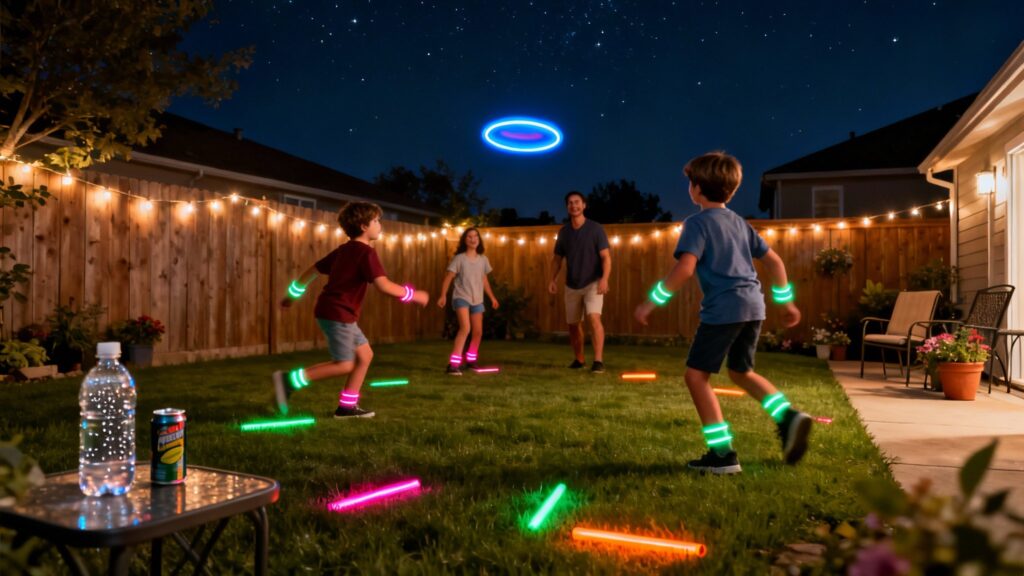
Flashlight Tag (3 Crowd-Pleasers)
- Classic: “It” tags with a flashlight beam
- Freeze Tag: Tagged players freeze until a teammate crawls through their legs
- Hunter Tag: “It” hides for 30 seconds, then hunts everybody
What you need: Flashlights, glow sticks or reflective tape for boundaries, a designated safe zone (30 seconds max). Safety tip: Keep rounds 5–8 minutes and rotate “it” often so nobody burns out.
Glow-in-the-Dark Treasure Hunt
Tuck glow sticks, outdoor string lights, or little LED tea lights around the yard or park, then hand out riddle cards or a simple map to lead the way. This activity can be a fantastic way for both kids and kids at heart to have fun at night.
One weekend night, I remember my uncle suggested this activity. Us, adults, took charge in cracking the clues, while the kids were tasked for the treasure hunt. It was fun to see the younger ones literally light up when they find each other’s hidden treasure.
What you need: Glow items, clue cards, a small prize or snack at the end. Pro tip: Build in a regroup “base” where everyone checks in between clues.
Night Frisbee or Football
Use an LED frisbee or tape glow sticks to a football. Expect slower throws and faster laughs; tracking a flying disc at night is hilariously humbling.
What you need: LED frisbee, football + glow tape, small play area with cone/glow end zones. Pro tip: Go small-sided or half-field to keep it safe and fun.
And don’t forget those comfortable shoes!
Backyard Dance Party
Turn on a playlist, hang a few string lights, and call it an event. Darkness lowers inhibitions. Even your “I don’t dance” friend might surprise you once the music starts.
What you need: Portable speaker, soft lighting, no-shoes zone to reduce trips. Optional: Mini dance-off rounds judged by applause volume.
Peaceful Nighttime Activities (For Quiet Souls And Busy Brains)
When your brain won’t stop scrolling through the day, these reset everything.
Meditation Under the Stars
Spread blankets, set a 10-minute timer, and breathe. Focus on cool air coming in, warm air going out. It’s simple, and under a big sky it hits different.
What you need: Blanket, quiet corner, optional guided audio (phone in red mode). Pro tip: End with one sentence describing the night—keeps the moment from slipping away.
Moonlit Photography Walk
Your phone is better at low light than you think. Start with silhouettes—trees, skyline edges, people against the sky. Reflections on puddles or the moon behind thin clouds are sneaky-beautiful.
What you need: Phone, patience, slow steps. Pro tip: Brace elbows on your body or railing for crisp shots.
Night Journaling
Night journaling is a simple, low-pressure way to unwind and reset after a busy day.
I love to bring a small notebook and pen, and use a red-light headlamp so I can write without losing night vision. No idea what to write in your journal? No worries. That was my same experience when I was just beginning to explore night journaling.
Once things slow down, you’ll be amazed how details and more ideas pop: the rustle of leaves, a distant owl, the feel of cool air on your skin.
Just keep it short—one or two lines is enough. I’ll give you some short prompts to unspool the day:
- What do I hear that I miss by day?
- What felt good today (even tiny things)?
- One sentence for tonight’s mood?
Over time, those quick notes create a quiet highlight reel of evening moments and turn ordinary nights into memories you can return to later without extra cost.
What you need: Small notebook, pen, headlamp (red light). Pro tip: Keep an “outdoor journal.” It becomes your night-life highlight reel.
Forest Bathing and Mindful Moonlit Walks
Forest bathing (shinrin-yoku) is mindful time among trees. At night, the senses sharpen. Sounds separate. Scents show up. Your nervous system takes the hint.
Research by Dr. Qing Li (Chiba University) has documented reductions in cortisol, lower blood pressure, and calmer sympathetic nervous system activity after 20–30 minutes in forest settings. My non-lab observation: darkness doubles the effect.
How to try it:
- Pick a safe, familiar path
- Walk 2–3 minutes; stop 1–2 minutes and simply notice
- Tune into sounds, textures underfoot, subtle temperature shifts
- End by naming three things you sensed (out loud or in your notes)
What you need: Headlamp (off when safe), layers, a buddy, a shared plan. Pro tip: Many parks offer guided mindful night walks—perfect for learning without worry.
Stargazing for Beginners (No Telescope Required)
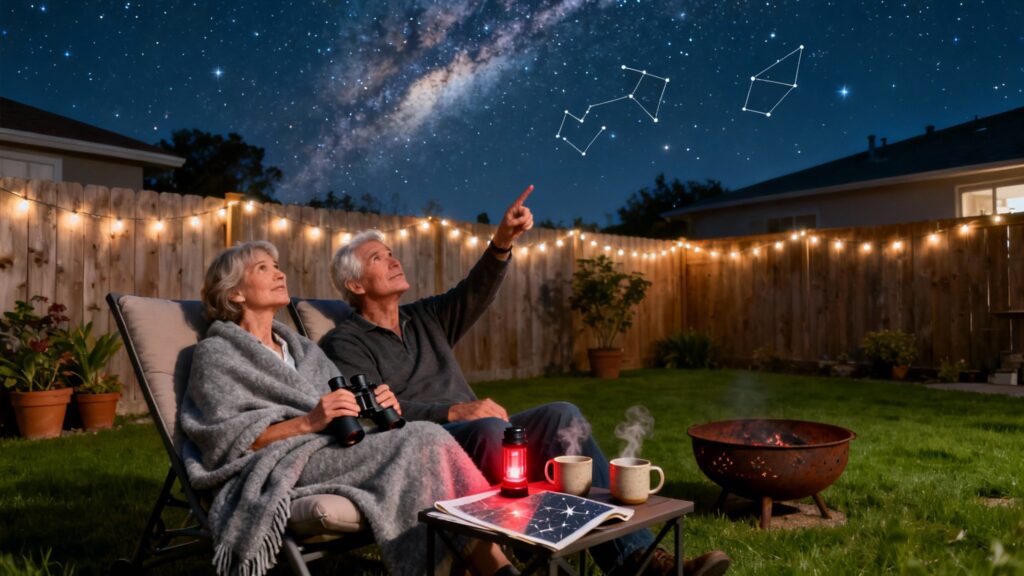
You don’t need a fancy telescope to fall for the night sky. A comfortable spot to lie back, a red light to protect night vision, and a little patience go a long way. A blanket or reclining chair saves your neck, switching a phone to red mode keeps your eyes adjusted, and a simple pair of 7×50 binoculars can make the Moon’s craters and star clusters pop without any fuss. They’re small, affordable, and kind of magical—suddenly the Moon looks carved, Jupiter has tiny moons, and the Pleiades glow like glitter.
If you like a little guidance, apps like Stellarium or SkySafari are great—just keep them in red mode so you don’t reset your night vision every time you check. Give your eyes about twenty minutes to fully adjust, and don’t wait for a “perfect” night; even suburban skies have plenty to show you once the lights fade.
I like easy wins: the Moon’s shadow line (where craters pop), Orion’s belt in winter, the Summer Triangle when it’s warm, and that sparkly cluster of the Pleiades. Meteor showers are the sky’s best show. I suggest you watch for the Lyrids in late April, the Perseids in August, and the Geminids in December—I can vouch that they are worth staying up for.
Don’t forget the basics: hot cocoa, a warm blanket, and a friend you can nudge when a bright streak flies by. If the stars look dim where you live or you want darker spots to watch, check the International Dark-Sky Association. Their guides make it easy to find good places and enjoy clear nights even more.
Campfire Nights (Yes, S’mores. Also: More.)
A campfire instantly turns an ordinary night into something memorable. Before you get cozy, do a quick smoke check and angle the chairs so the breeze isn’t blowing smoke in your faces. Set a bucket of water and a shovel within reach, too—simple tools to tuck the fire in when you’re done.
And s’mores? Always. I just like to give them a little glow-up: swap the plain chocolate for a peanut butter cup, a dark mint bar, or a tiny square of salted caramel if we’re feeling fancy. It’s the same campfire classic, just a bit more “wow.”
Ghost stories are great as long as you read the room—mysterious for little kids, a bit spookier for teens and adults, and always give people an easy out if they’re not into it. And if someone shows up with a guitar? Perfect. Simple songs under the stars have a way of pulling everyone in—even the quiet ones start humming.
If you do nothing else, set the chairs right, sit where the smoke isn’t, keep the vibe relaxed, and let the fire do its thing: slow time down and bring people closer.
Wildlife Watching After Dark (Your Neighborhood’s Secret Life)
The handoff from day to night is loud if you know how to listen.
What to listen for:
- Owls: I’m not talking about Hedwig here (but who knows? You might hear some of its grand-owls). Listen to great horned (“hoo-hoo-hoo”) or eastern screech (a soft trilling whinny)
- Bats: A bat detector turns their ultrasonic calls into audible clicks—suddenly the air is chatty
- Frogs and toads: Spring peepers (tiny bells), bullfrogs (low bass)
- Insects: Crickets and katydids—once you hear patterns, you’ll never un-hear them
Best places: Edges—where woods meet fields, near water, along fence lines. These are wildlife highways. New to it? Join a guided night program at a local park. Naturalists are part teacher, part translator, part safety net.
Ready-Made Night Plans (Pick One Tonight)
Plan A: Family Fun Hour (60 minutes)
- 10 min: Boundary walk + safety check (glow markers out)
- 20 min: Flashlight tag (two rounds; rotate “it”)
- 15 min: Glow treasure hunt
- 15 min: Cocoa + one story or favorite song
Gear: Flashlights, glow sticks, cups, simple prizes/snacks
Plan B: Quiet Reset (45–60 minutes)
- 15 min: Slow mindful walk (2 minutes walk, 1 minute pause)
- 15 min: Stargazing—find one constellation or the Moon’s craters
- 10 min: Night journaling (one page tops)
- Optional: 5–10 min stretch on a blanket
Gear: Blanket, red light, notebook and pen
Plan C: Teens/Adults Night (90 minutes)
- 30 min: LED frisbee or football
- 45 min: Backyard short film or sitcom block + snacks
- 15 min: Firepit chat or constellation-spotting cool-down
Gear: Frisbee, projector/sheet, string lights, warm drinks
Quick Gear Guide (Non-affiliate suggestions)
- Lighting: LED flashlights, headlamps, red-light option
- Markers: Glow sticks, reflective vests/tape
- Comfort: Layers, blankets, chairs, bug spray
- Stargazing: 7×50 binoculars, red flashlight, star app in red mode
- Safety: First-aid basics, water, fully charged phone
- Fun: LED frisbee/ball, portable speaker, cocoa kit
FAQs (Short and Straight)
What age can kids start?
- Ages 4–5 with supervision in familiar spaces. Keep sessions short at first, build from easy wins.
How do I keep it safe without killing the vibe?
- Use red light, mark boundaries, buddy up, and save bright lights for actual emergencies.
What if someone gets scared?
- Normalize a simple “I’m done” signal. Shorten the plan. Try again another night. Confidence grows with good experiences.
When should I cancel?
- Thunderstorms, strong winds, extreme cold, dense fog, or very low visibility. Always check forecasts and have a backup plan.
What about bathrooms?
- Choose spots with facilities, or bring a simple privacy setup for remote areas. Pack wipes and sanitizer.
The Night Is Yours—Go Take It Back
Nighttime outdoor activities give you what screens can’t: something new, a little calm, real laughs, and real connection. You don’t need fancy gear or a long plan. Just step outside and start.
Pick one thing for tonight. Mark a boundary. Turn on a red light. Look up. Listen.
The world after dark is right there—and it’s way more interesting than whatever’s auto-playing next.

